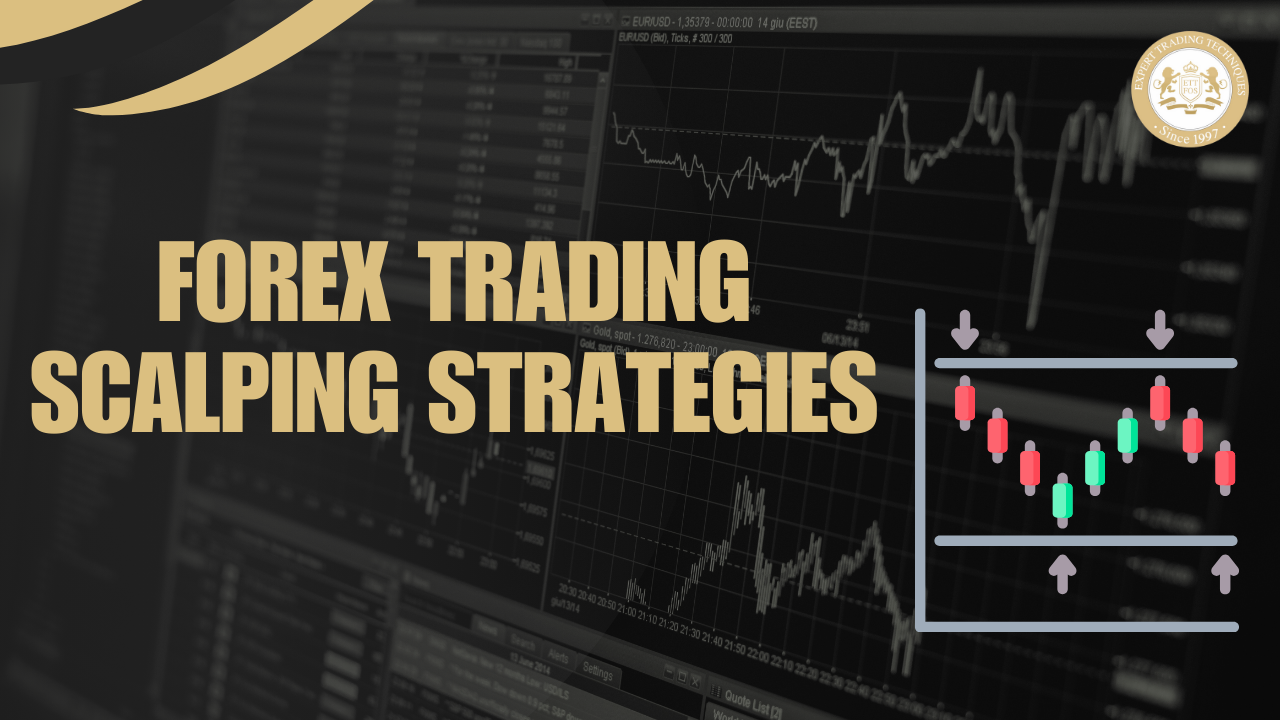
Ever watched a stock ticker zooming up and down and thought, “I could catch some of those tiny moves”? That’s the essence of forex scalping. Imagine making dozens of small trades throughout the day, each one aiming for just a few pips of profit. It’s a fast-paced, adrenaline-fueled way to trade that can turn those little price wiggles into real gains.
In this guide, we’ll walk you through the basics of forex scalping strategies, show you how to pick the best tools and indicators, and share some tried-and-true methods that seasoned traders use to stay ahead. If you’re new to trading or looking to sharpen your skills, this article is your ticket to mastering the art of scalping and turning those quick wins into steady profits. Let’s get started!
Also Read: The Hidden Costs of Trading

Scalping in forex trading is like fishing for tiny, quick bites in a big pond. Instead of waiting for a huge catch, scalpers aim for small, frequent wins. They hop in and out of trades within minutes, sometimes even seconds, to grab small price movements. Think of it this way, imagine you’re at a bustling market, and you spot little opportunities to make a quick sale or buy at a slight discount. That’s scalping. Forex scalpers do the same but with currency pairs. They look for those fleeting moments when the market moves just a little, make their trade, and then move on to the next chance.
Scalping isn’t about making one big score; it’s about making lots of small, steady gains. To pull this off successfully, scalpers need a sharp eye, quick reflexes, and a good understanding of the market. It’s a fast-paced game where precision and speed are key.
In essence, forex scalping is a high-energy approach to trading that focuses on capitalizing on short-term price changes. If you enjoy a fast-moving environment and don’t mind making lots of trades, scalping might be worth considering.
Also Read: What Is Swing Trading in Forex?
Forex price action scalping is like reading the pulse of the market. Instead of relying on a bunch of scalping indicators and complicated charts, scalpers who use price action focus on the price movements themselves.
Imagine you’re at a sports game, and you can predict the next move just by watching the players. That’s what price action scalping is about, watching the price charts and reacting to the natural ebb and flow of the market. In this method, scalpers look for patterns and signals that the price is giving off. They might notice a pattern that suggests a small price change is coming soon. They then jump in to make a quick trade, hoping to catch that tiny price shift.
It’s all about being in tune with the market’s rhythm. Price action scalping doesn’t rely on lagging indicators or complex calculations. Instead, it’s about making decisions based on what the price is doing right now. If you like a straightforward approach and want to trade based on raw price movements, price action scalping might be your thing.
Also Read: Good Techniques to Manage Emotions in Forex Trading
Forex scalping signals are like little nudges that tell traders when to jump into or out of a trade. These signals are quick, clear hints about where a currency pair’s price might be heading next. It’s like getting a text message from a friend who’s in the know, “Hey, now’s a good time to buy!” In scalping, these signals help traders make split-second decisions to grab small profits before the market moves on.
Scalping signals can come from various sources:
For scalpers, these signals are crucial because they need to act fast. If a signal suggests a quick trade, they’ve got to be ready to jump on it before the chance slips away. If you’re into scalping, paying attention to these signals can make a big difference in catching those tiny price movements that add up over the day.
Also read: Lot Size in Forex Trading

When it comes to forex scalping, having the right scalping strategies forex can make all the difference. Here are some top forex scalping strategies that experienced scalpers swear by:
This is all about using 1-minute charts to catch tiny price moves. Scalpers watch for quick trends and use indicators like moving averages to decide when to trade. It’s fast-paced and requires sharp focus, but it’s great for picking up small profits throughout the day.
The requirement for this strategy are as follows:
Instruments: You can use any currency pair, but major pairs like EUR/USD or GBP/USD are often preferred for their lower spreads.
Time Frame: This strategy relies on the 1-minute chart for spotting rapid price changes.
Indicators:
Preferred Sessions: The trading strategy shines during the London and New York trading sessions, which are known for high volatility. This is when the market is most active and can provide more opportunities for quick trades.
If the 1-minute charts feel too hectic, the 5-minute strategy might be your speed. This method gives a bit more time to analyze the market, using slightly longer charts to find trading opportunities. It balances the need for quick trades with a little more breathing room.
This approach focuses on price breaking through important support or resistance levels. Scalpers look for these breakouts to make their move, riding the momentum of the price surge. It’s all about catching those explosive moments when the market breaks free from its range.
For those who like to be in the know, news-based scalping takes advantage of market reactions to economic news and events. When major news hits, the market can move quickly, and scalpers jump in to grab those fast, short-lived price movements.
Also Read: Best Trading Course for Your Trading Style

Once you’ve mastered the basics of scalping, you might want to explore some advanced techniques to sharpen your edge. These methods can help you make the most out of every trade and keep up with the fast-paced world of forex.
Algorithmic scalping uses computer programs to execute trades based on predefined criteria. Think of it as having a super-fast trading assistant that follows a set of rules to find and execute trades for you. This technique allows for lightning-speed transactions and can handle multiple trades at once, which is perfect for scalping.
High-Frequency Trading takes speed to the next level. It involves executing thousands of trades in seconds using powerful algorithms and high-speed connections. HFT is all about capturing tiny price movements at incredibly fast speeds. It’s a bit like having a high-speed car that lets you zoom in and out of trades faster than anyone else.
Also read: How Can I Recover My Lost Money from Forex
Some major key differences between scalping and high frequency trading are as follows:
When it comes to forex scalping, having a winning strategy is all about getting the basics right. Here’s what makes the best forex scalping strategies tick:
Also Read: Why You Should Think Twice Before Starting Forex Trading with a Small Amount
When you’re diving into forex scalping, picking the right currency pairs can make a big difference. Major pairs like EUR/USD, GBP/USD, and USD/JPY are your go-to choices for scalping. They are the most frequently traded pairs in the forex market. This high trading volume means they have tight spreads and lots of liquidity. Tight spreads reduce your trading costs, while high liquidity ensures you can execute trades quickly at desired prices.
So, there you have it, a quick guide to mastering forex scalping. We’ve covered the basics of what scalping is and explored some key strategies like the 1-minute and 5-minute scalping tactics. We also looked at essential tools such as the Stochastic Oscillator and EMA, and why major currency pairs are ideal for scalping. The key takeaways are- Keep an eye on transaction costs and use stop-loss orders to protect your trades. 1-minute and 5-minute charts are great for quick trades.
Ready to put these strategies into action? Start by applying what you’ve learned to your trades and see how you can refine your approach. For more tips and updates, don’t forget to subscribe to our Ettfos newsletter or download our resources to dive even deeper into forex scalping.
Also Read: Best Forex Trading Books
The best time frame for scalping is usually 1-minute to 5-minute charts. These shorter time frames allow traders to capture small price movements quickly.
Capital requirements vary based on your trading strategy and leverage. A minimum of $1,000 to $5,000 is often recommended to start scalping, but this can vary.
Scalping can be profitable for beginners, but it requires a good understanding of the market, discipline, and quick decision-making skills. Starting with a demo account can help beginners practice.
Risks involved in scalping include high transaction costs, the potential for significant losses due to high leverage, and the need for constant market monitoring.
Choosing the right broker involves looking for features like low spreads, fast execution speeds, and reliable customer support. Ensure the broker is regulated and suited to scalping.